Cargando...
Recursos educativos
-
Nivel educativo
-
Competencias
-
Tipología
-
Idioma
-
Tipo de medio
-
Tipo de actividad
-
Destinatarios
-
Tipo de audiencia
-
Creador
Lo más buscado
- Conflictos en aula
- Tejidos animales
- Europa hasta el año mil
- Juegos matemáticos segundo
- Letras C
- Crear máscaras
- Historia de Papá Noel
- Mapahumano de pueblos etnias y culturas
- Rios de Asia
- Experimentos tercer grado
- Guía de multiplicaciones
- Experimentos de ecología
- Altura y duración del sonido
- Juegos de dictado de palabras
- Arte abstracto para quinto
-
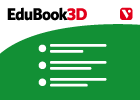
Our distant past
EduBook Organización
- 4629 visitas
The things that happened a very long time ago, happened in the distant past. We know about them because we can see many remains from the past, like monuments, buildings or paintings. Since human beings…
-
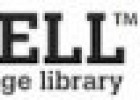
Biblioteca d'imatges de la cèl·lula
Irene Salomé Martínez Pérez Docente
- 2 lo usan
- 3712 visitas
The Cell: An Image Library™ is a freely accessible, easy-to-search, public repository of reviewed and annotated images, videos, and animations of cells from a variety of organisms, showcasing cell…
-
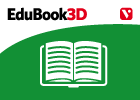
Prehistoric art
EduBook Organización
- 4248 visitas
Cave paintings Cave paintings are paintings on cave walls and ceilings. The oldest cave paintings date back to early Palaeolithic times. Caves with cave paintings were probably places of worship for…
-
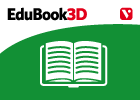
Living things - Living things
EduBook Organización
- 1 lo usan
- 4082 visitas
Living things are born, they eat, they interact with each other, they reproduce and they die. Non-living things are not born, they do not eat, they do not interact with each other, they do not reproduce…
-

The five senses
EduBook Organización
- 4173 visitas
We use our senses to find out information about the world around us. Human beings have five senses: touch, sight, hearing, taste and smell. We use different parts of our body for each sense. These body…
-
True/False. The nervous system
EduBook Organización
- 3917 visitas
Are these sentences true or false? The central nervous system consists of two organs: the brain and the spinal cord. The brain is also called the cranium. The human nervous system has two main parts:…
-

Choose. The ozone layer
EduBook Organización
- 1 lo usan
- 3618 visitas
Consult the website about the ozone layer and choose the best answer to each question: Why is the ozone layer in the atmosphere important? Which types of substances destroy the ozone layer? Where are…
-
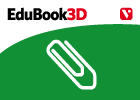
Discover…Types of maps
EduBook Organización
- 3570 visitas
In general, geographers work with two types of maps: topographic and thematic. Topographic maps Topographic maps show physical (natural) details, such as rivers, and human (artificial) features, such as…
-
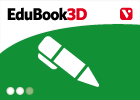
Check. The different phases of the war (1914-1918)
EduBook Organización
- 3563 visitas
Remember what you have studied in this section and answer the questions: Why do historians refer to the First World War as the Great War? Why did the First World War use up an enormous amount of…
-
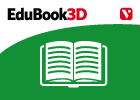
Summaries - The Renaissance and The Reformation
EduBook Organización
- 3548 visitas
1. Humanism Humanism was a cultural movement that began in Italy in the 15th century. Its main characteristics were: A belief in the importance of the human being as the only species with reason and…
Te estamos redirigiendo a la ficha del libro...












